Operation Bagration, An Incomplete Truth offers an in-depth and fresh take regarding how the Red Army finally defeated Germany's Army Group Center, and is a book I believe is worth reading. In this month's book review I explain why.
Blog


Combined, the two initial volumes of the Solomons Air War series offer a detailed and richly illustrated look at the August-October 1942 campaign in the air over Guadalcanal and the seas around the island. Readers can find my review here.
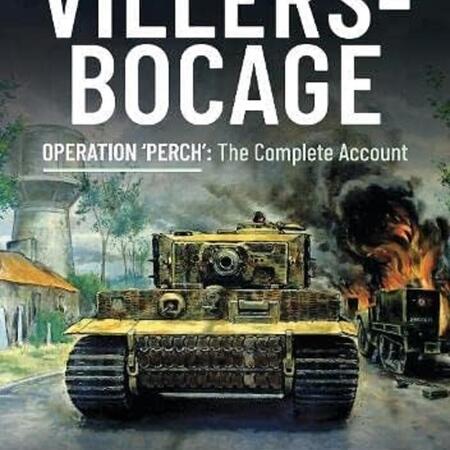
Our latest reviews have had a heavy German Eastern Front focus. This month we turn our attention west to Normandy during the summer of 1944. There, one of the most mythologized battles of the Second World War unfolded in a clash of armor that resonates to this day. That is the subject of this month's book review.
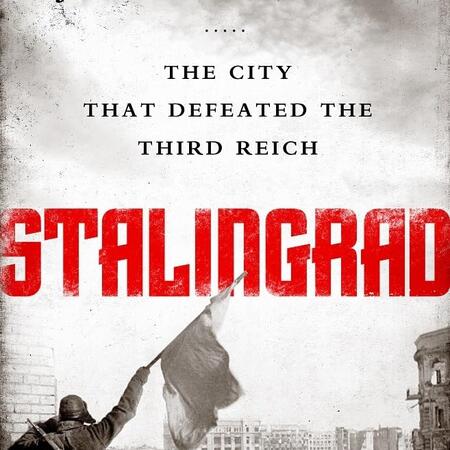
Our prior book reviw focused on the remembrances of German combatants at Stalingrad. This month's review tackles a book focused on the Soviet side. Perhaps even more so than my last book reviewed (and given the ubiquity of German memoirs, interviews, and first-person accounts of the battle), this rare look at what actual Soviet participants in the battle experience and felt is something you should not pass over.

Stalingrad is a battle that fascinates on so many levels. Survivors of Stalingrad offers yet another. This book's searing first-person descriptions as to what it was like to survive the hell that was the final months of the German Sixth Army's existence during the winter of 1942-1943 is truly a must-read.
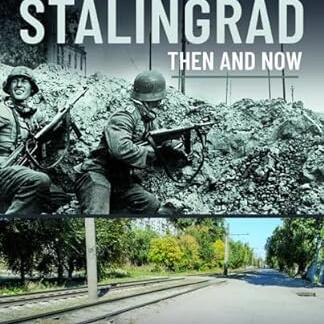
Photographic research can be a powerful adjunct to primary documents and secondary sources such as operational military history, memoirs, journal articles, and other such publications. The Battle of Stalingrad: Then and Now is a great example of that idea.
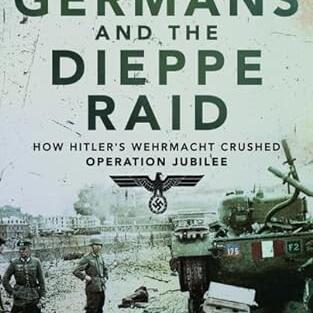
The Germans And The Dieppe Raid is well worth your time. James Shelley's reasearch is thorough and comprehensively explains how the Wehrmacht defeated Operation JUBILEE in spite of relying mostly upon a second-rate "static" infantry division to do the heavy lifting in terms of defeating a well-trained and equipped Allied raiding force. The book also provides considerable analysis as to what this victory meant for the more important fighting in France that would come two years later in 1944.
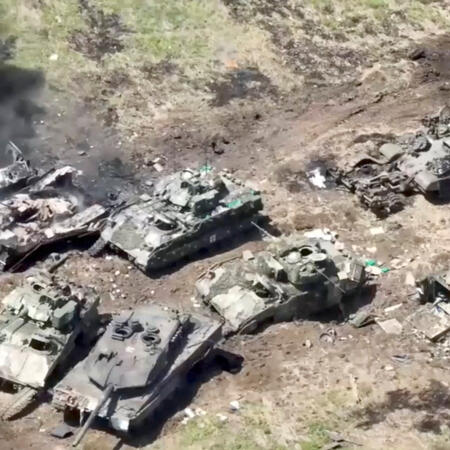
By July of 1944 (with the Allied success of D-Day coupled with the even bigger Soviet success of Bagration) it was obvious Germany had lost the Second World War. The German military commander-in-chief of the western front was Field Marshal Gerd von Rundstedt. By that point in the war Rundstedt had acquired a reputation for saying and doing what he saw fit, regardless of the consequences.
So, perhaps it was no surprise that on July 1, 1944 he bluntly informed Field Marshal Wilhelm Keitel (the

Perhaps no military establishment in the world has focused more heavily on operating interceptors, ground-based radars, and surface to air missile systems than Russia. The two-volume set recently published by Krzysztof Dabrowski explains the long gestational process that has produced a modern Russian surface to air missile based defense force that is one of the world's best. You can read my review here.

The largest armored battles of the Second World War's Normandy campaign took place on the eastern side of the Allied bridgehead. These battles, fought by the Germans in defense against the British and Canadian attacker's seeking to liberate France, were the key to understanding the outcome of this crucial campaign. Bloody Verrieres Volumes I and II offers unprecedented insight into how the Germans ultimately prevailed against the major Allied Operations Goodwood, Atlantic, and Spring.


